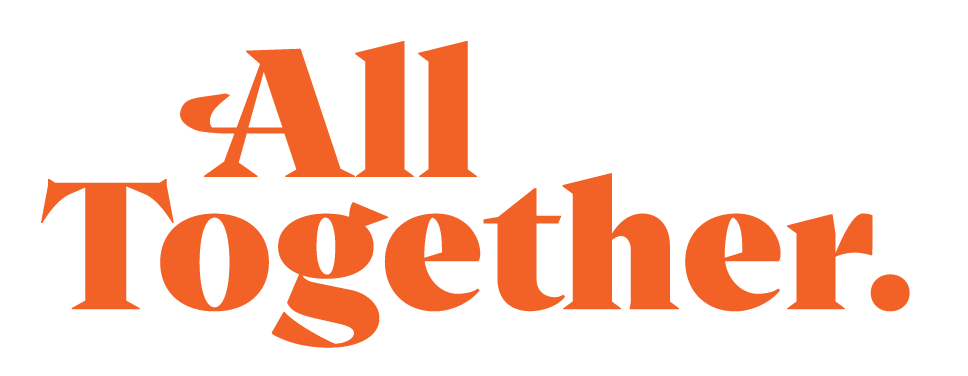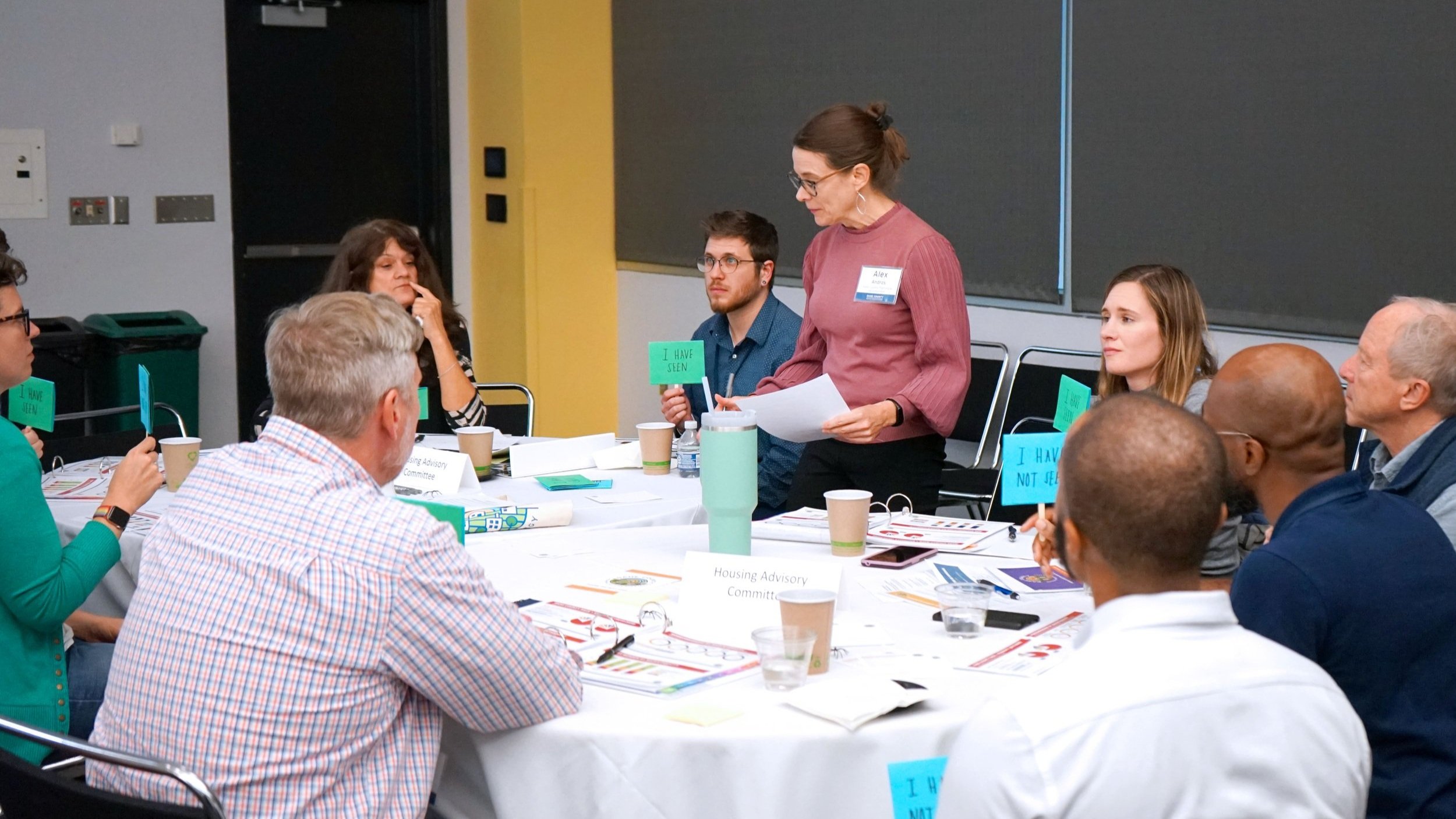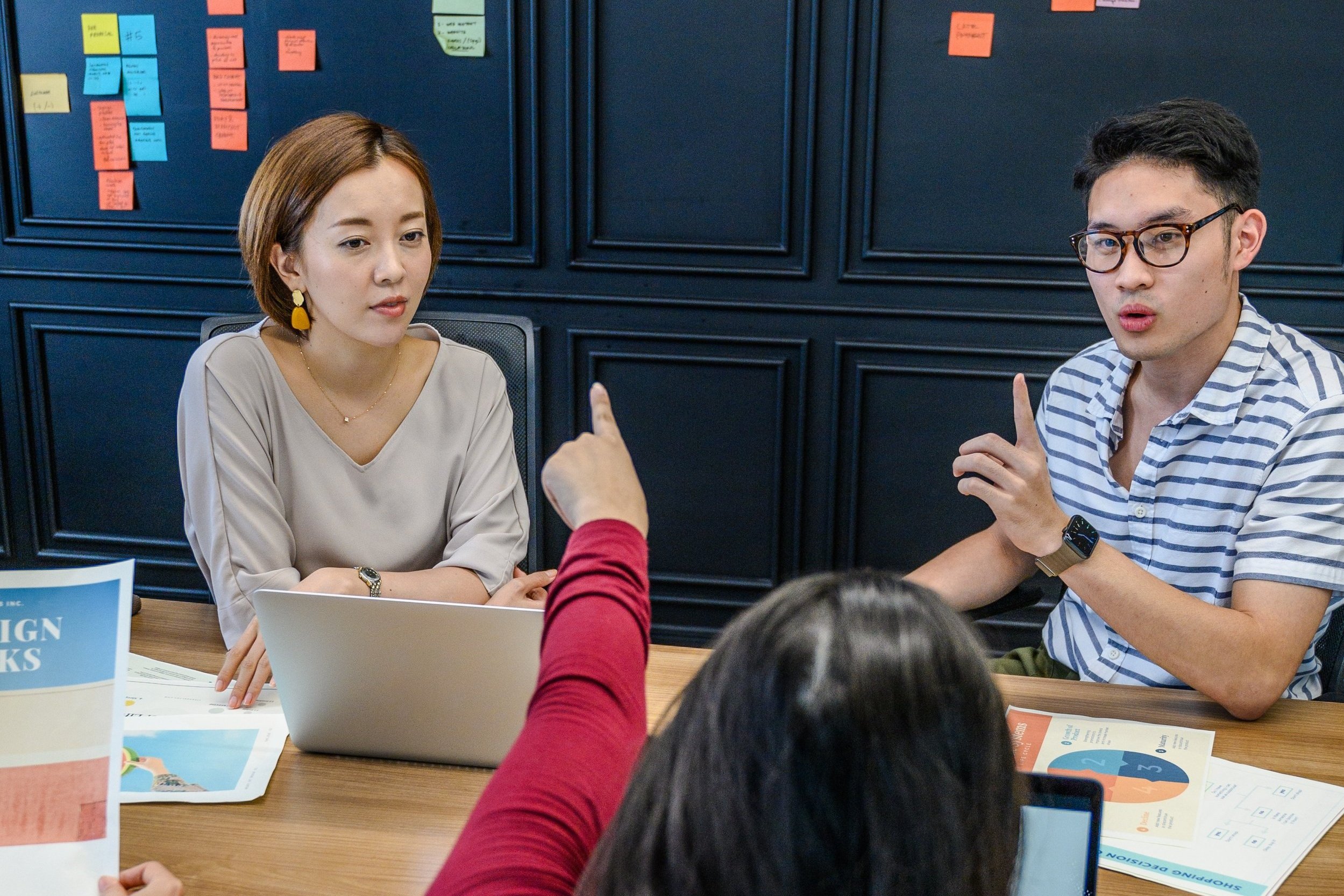Managing Conflict in Public Processes
Originally published with CNU Midwest
We have all been to that meeting–the one where opposing parties duel it out in the public comment period and everyone leaves feeling angry. Whether it is about parking or affordable housing or density, we live in a deeply divided society. As urban planners, we play the role of facilitator, mediator, and sometimes decision-maker in these public processes. As polarization increases throughout our country, we must become adept at not only navigating conflict, but embracing it. How do we lean into conflict (in the right way) to inspire and create the change that is needed in our communities today?
Process Over Outcome
There are rarely times when a solution can be found that makes everyone happy, particularly in urban planning processes when trade-offs need to be made. However, if stakeholders understand how decisions will be made–and how public input will impact decisions–they are more likely to believe the process was fair, even if the final outcome doesn’t align with their interests.
In our work, we address this by outlining the engagement and decision-making process early on in a project. We share this plan and process widely with stakeholders via project websites, e-mail updates, and printed takeaways. Our goal is to ensure that in addition to knowing how and when to get involved, stakeholders understand why to get involved–how their input will inform the process.
Know Your Role
Planners and planning consultants often facilitate public engagement processes. It is unlikely that the people in those roles are truly unbiased. Planners come to engagement processes with a general idea of what the right answer is, or even years of experience that inform what is “good planning”. While this makes for good planners, it doesn’t always make for good mediators.
A note for growth: Seek the help of a neutral third party to mediate contentious processes. A planner's primary role is the subject matter expert–not the mediator.
Express Your Interests
Everyone has their own interests. Identifying the interests early on in a process can be a source of common ground, a place to build consensus. We have worked in many communities that struggle with conflict around housing development. Typically, there are three viewpoints. One party believes that they should build affordable housing–their interest is in making sure people can afford a home in their community. Another party believes it should be single-family homes–their interest is in maintaining the character and stability of the community. The final party believes it should go to the highest bidder–their interest is in maintaining a healthy tax base due to the declining population. In all three scenarios, the core interest is in strengthening their community. This is the platform for the process to build on. Lifting up the commonalities between parties to achieve consensus on the overarching values of a project or planning initiative is a much better starting place than where individuals’ viewpoints diverge.
A note for growth: Through our work, we’ve found the best way to change someone’s mind is to be open to having your own mind changed. When planners are transparent about their own interests and preconceived notions about what the answer is–but also acknowledge that they could be wrong and want to understand what they might be missing–they are more likely to have a productive conversation.
Conflict as Creation
Many of us avoid conflict at all costs. We let people talk and then move on to the next viewpoint to avoid confrontation. But what if we leaned into the disagreements? What if we saw conflict as the starting point of visioning and growth? Conflict happens when you bring people together from different backgrounds and different experiences. This is, at its essence, good engagement. If your public process is conflict free, you probably haven’t involved a diverse constituency. I’m not saying all conflict is good and productive. It’s negative when it leads to harassment, polarization, and decayed public trust. This is the conflict we want to design public processes to avoid.
A note for growth: Lean into the messy and productive sides of conflict, because it can lead to different ideas, alternatives and increased public cohesion.
As planners and designers, we are important conveners, mediators, and visioners for our communities. With that responsibility comes the importance of self reflection on the ideas and habits we bring to our processes. We’re all human. In order to grow in our work, we must think about our own biases and relationship with conflict and how those show up in our practice. It’s only then that we can design processes that fully work towards creating stronger communities.
Rachael Aziz, co-founder of All Together, centers her design and planning solutions in empathy—she puts stakeholders at ease, listens, and then creatively captures the spirit of a place and its people. Because of her unique process and background, her designs are featured in public spaces, on signage, and along trails in communities across the country. Rachael is trained in ICA’s Technology of Participation engagement methods.



